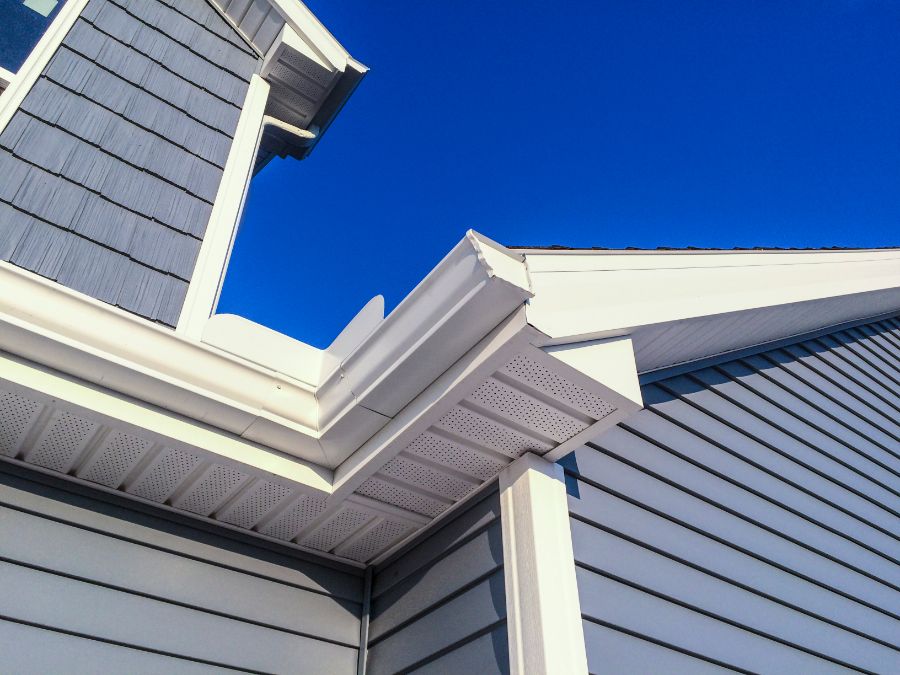5 Signs It’s Time to Replace Your Home’s Siding | A Guide for Homeowners
When it comes to maintaining a home, your siding is like the skin of your residence—it’s what everyone sees, and it protects what’s underneath. Yet, just like anything exposed to the elements year-round, it doesn’t last forever. How do you know when it’s time to give your home’s exterior a fresh new look or some much-needed TLC? Sit back, grab a cup of your favorite beverage, and let’s walk through the tell-tale signs that your home is due for a siding update.
You know your home’s siding is crucial, but when exactly does it cross from “a bit of character” to “a bit of a disaster”? Like a trusty pair of jeans, siding can handle some wear and tear, but there comes a time when patches won’t do, and a new set is in order.
Sign #1: Warping and Rotting
Have you noticed your siding taking on an eerie, wave-like form, or are parts of it softer to the touch? Warping and rot are the silent alarms of siding distress. It’s not just an eyesore; it’s a cry for help.
Sign #2: Cracks and Gaps
Take a walk around your house. Do you see cracks, holes, or gaps staring back at you? These are not just minor imperfections; they’re open invitations for moisture and pests to enter your home.
Sign #3: Fading and Discoloration
If your house once stood out with its vibrant color but now looks as if it’s been left out in the sun too long, it’s an indicator your siding is losing its mojo. Fading and discoloration are the siding’s way of saying, “I’m worn out.”
Sign #4: Bubbles and Blistering
Bubbles under the surface of your siding are as bad for your house as they are for a pancake. It’s not just a matter of cosmetics; it’s a sign of water trapped where it shouldn’t be.
Sign #5: High Energy Bills
When your energy bills begin to climb without a change in routine or rates, it’s time to look at your siding. Poor siding can be as leaky as an old boat, letting your cozy warm air escape in the winter and inviting heat in during the summer.
Additional Considerations
There are other factors at play, such as mold or fungus growth, which not only affect your siding’s performance but also can have health implications.
Choosing the Right Siding Material
Not all armor is created equal. When you’re ready to suit up your home with new siding, knowing which material—vinyl, wood, fiber cement—will best defend your domestic castle is essential.
The Installation Process
Understanding the steps of installation ensures that when the contractors arrive, you’re not left feeling like you’re watching a foreign film without subtitles.
Maintaining Your New Siding
Once your home is freshly dressed, maintaining that look is key. Let’s talk about how not to let your new siding go the way of the old.
When to Consult a Professional
If reading the signs feels like trying to understand Morse code, it might be time to call in a pro. We’ll discuss when expert advice is crucial.
Financial Planning for Siding Replacement
Replacing siding isn’t a spontaneous weekend DIY project. Budgeting and planning are your best friends here, and we’ll discuss how to make them part of your plan.
Conclusion
Like sending off an old friend, replacing your home’s siding can be bittersweet. But when you know the signs and how to proceed, it’s a transformation that breathes new life into your abode.
FAQs
What is the average lifespan of siding? The lifespan of siding varies by material, but typically, you can expect around 20-40 years for materials like vinyl or fiber cement.
Can I replace siding myself? While DIY is possible for some siding materials, professional installation ensures proper technique, warranties, and often a better outcome.
How can I tell if my siding has asbestos? If your home was built before the 1980s and you suspect asbestos, it’s critical to consult a professional before disturbing the siding.
Does new siding improve home value? Absolutely. New siding can significantly increase curb appeal and resale value, making it a wise investment.
Is there a best time of year to replace siding? Ideally, siding should be replaced during mild weather conditions, typically in spring or early fall, to minimize exposure to extreme temperatures.

